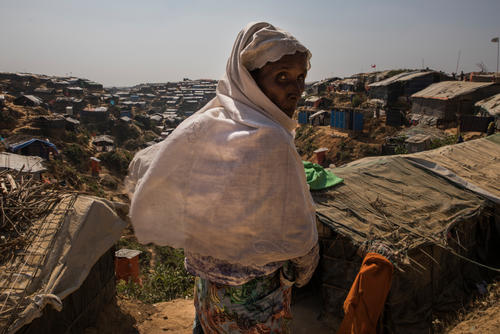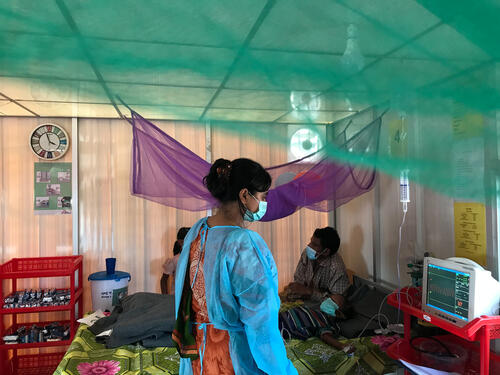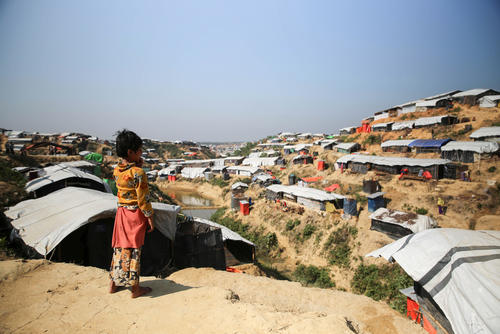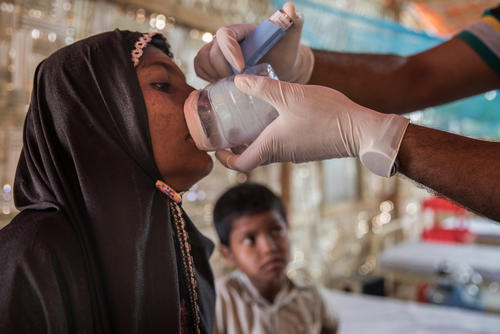In the early hours of 25 August 2017, the Myanmar military launched “clearance operations” in Rakhine State, ostensibly in response to coordinated attacks by Rohingya armed groups on Border Guard Police outposts.
This resulted in an estimated 688,000 mainly Rohingya people from Rakhine State fleeing into Cox’s Bazar in neighbouring Bangladesh. The speed and scale of displacement resulted in a critical humanitarian emergency; together with previously displaced people, this took the total number of Rohingya in Bangladesh to more than 900,000.
Since 25 August, a number of patients from different areas of Rakhine State have shared with MSF accounts of widespread violence targeting Rohingya, including raids on houses and villages, random and indiscriminate shootings, the deaths of relatives or neighbours after being shot or stabbed, dead bodies littering their escape route, widespread destruction and sexual violence.
In November 2017, MSF conducted a total of six health surveys in Cox’s Bazar district which aimed at quantifying the current scale of the emergency by assessing factors including levels of mortality over time. The result of these surveys have been collated together in the new report, “No one was left”.
Findings show that the Rohingya have been targeted, and are the clearest indication yet of the widespread violence that started on 25 August. MSF has also routinely collected accounts by refugees who recently arrived in Bangladesh to better understand the circumstances of their flight and the patterns of violence to which they have been exposed.






